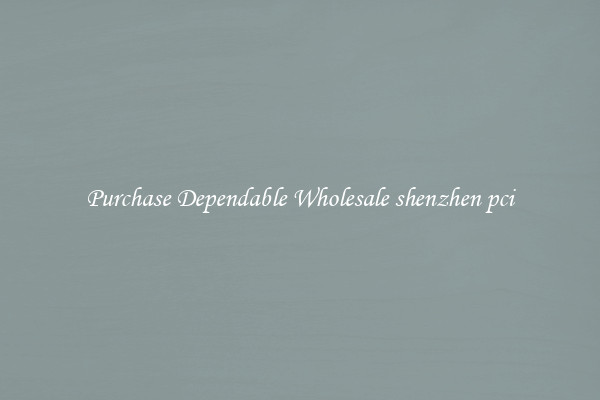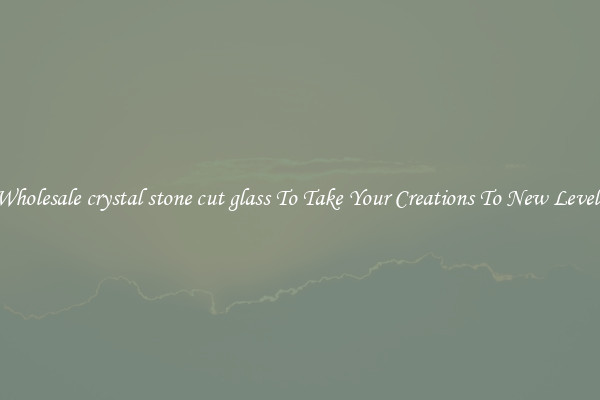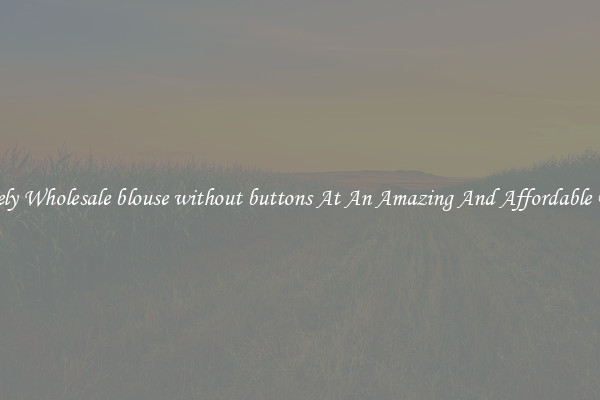frame membrane structure For Stunning Structures
Frame membrane structures have emerged as a popular choice in the world of architecture and engineering due to their stunning and innovative designs. These structures are known for their ability to blend functionality and aesthetic appeal seamlessly, making them ideal for various applications.

One of the greatest advantages of frame membrane structures is their versatility. These structures can be used for multiple purposes such as rooftops, stadiums, exhibition halls, and even outdoor pavilions. The adaptability and flexibility of the material used in these structures allow architects and designers to create unique and eye-catching designs that stand out from traditional building structures. Whether it is a curved roof, a striking entrance, or an intricate facade, frame membrane structures offer endless possibilities for creating stunning architectural marvels.
In addition to their aesthetic appeal, frame membrane structures also offer several practical benefits. The materials used in these structures, such as PVC or PTFE membrane, are lightweight yet durable, making them easy to install and maintain. The membrane fabric can also be customized to provide the desired level of light transmission, allowing natural light to filter through and creating a visually engaging space. This not only reduces the need for artificial lighting but also creates a comfortable and inviting atmosphere for occupants.
Furthermore, frame membrane structures are known for their energy-efficient properties. The translucent membrane material used in these structures allows for efficient temperature control, minimizing the need for excessive heating or cooling. This not only reduces energy consumption but also contributes to sustainability efforts by reducing carbon emissions. The lightweight nature of the structures also means less construction materials are needed, resulting in a reduced environmental impact.
Frame membrane structures also offer advantages in terms of cost-effectiveness. Compared to traditional building materials, such as concrete or steel, frame membrane structures require less time and labor for installation. The prefabricated components can be easily transported and assembled on-site, reducing construction time and costs. The lightweight nature of the materials also means less structural support is required, further reducing construction expenses.
In conclusion, frame membrane structures are revolutionizing the world of architecture and engineering with their stunning designs and functional benefits. Whether it is a unique rooftop, an iconic stadium, or an elegant exhibition hall, these structures offer endless possibilities for creating visually appealing and sustainable buildings. With their versatility, practicality, energy efficiency, and cost-effectiveness, frame membrane structures are set to continue transforming the architectural landscape and inspiring awe-inspiring structures across the world.

View details

View details

View details

View details








